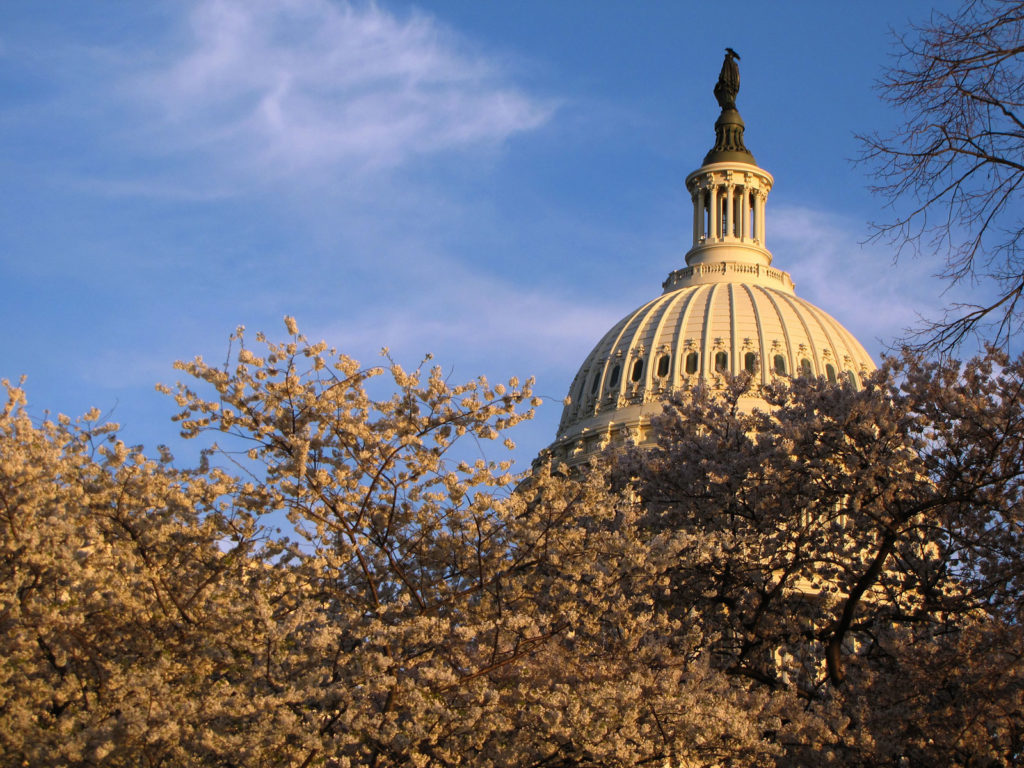
Editor’s note: This blog is the first of a two-part series featuring farmer advocates from the NSAC virtual appropriations fly-in. Click here for additional farmer stories!
Each spring, when visitors normally flock to Washington, DC to see the renowned cherry blossoms, a select set of dedicated advocates are drawn to the nation’s capital for a very different reason: the annual appropriations process that sets federal spending priorities for the year to come. As part of this process, citizen groups and advocacy organizations often host appropriations “fly-ins” and lobby days to educate policymakers about the programs and policies that matter most to them. NSAC’s annual farmer fly-ins provide farmers the opportunity to speak directly with decision makers in Congress about the issues that most affect their lives, businesses, and communities.
But things are a little different this year — there are no tourists coming to the nation’s capital to see the beautiful blooms, and all travel for the NSAC-sponsored group of “ag-vocates” had to be halted. While Congress and farmers alike are being pulled in many different directions in response to the ongoing COVID-19 crisis, the appropriations process continues, and so must the necessary advocacy for these important USDA programs. In such times of uncertainty, it is more important than ever to build solid foundations for food and farm programs moving forward.
Last week, NSAC hosted its very first “virtual” farmer fly-in for the fiscal year (FY) 2021 appropriations cycle. Growers from Wisconsin, North Dakota, Kansas, Alabama, Mississippi, Missouri, Nebraska, Oregon, and Connecticut, took time out of their busy schedules to bring important food and farm issues to legislators’ attention as the FY 2021 appropriations cycle gets under way. Farmers held conference calls with Senators and Representatives from their home states to discuss the benefits of federal sustainable agriculture programs and how Congress could support farmers and local food systems during COVID-19.
Program priorities for NSAC’s first virtual farmer fly-in included:
- The Farming Opportunities Training and Outreach (FOTO) program, which houses Outreach and Assistance for Socially Disadvantaged and Veteran Farmers and Ranchers (Section 2501) and the Beginning Farmer and Rancher Development Program (BFRDP)
- The Sustainable Agriculture Research and Education (SARE) program
- The Local Agriculture Market Program (LAMP), which houses the Value-Added Producer Grant (VAPG) program and the Farmers Market and Local Food Promotion Program (FMLFPP)
- The Food Safety Outreach Program (FSOP)
Specific FY 2021 funding asks for these programs are:
- FOTO: $5 million, split evenly between 2501 and BFRDP
- SARE: $50 million
- LAMP: $20 million, split appropriately between VAPG and FMLFPP
- FSOP: $10 million
Below is an outline of a few of the meetings farmer experts held with Members of Congress last week about these vital USDA programs and the federal response needed to address challenges arising from COVID-19.
Halee Wepking, Meadowlark Organics – Wisconsin

Halee grows organic milling grains for the retail market on her farm in Wisconsin. Halee met with Senator Baldwin (D-WI) and Representative Pocan’s (D-WI) offices to discuss how VAPG and SARE have helped her and her husband John grow their farm business and engage in conservation research to protect natural resources.
Their 2016 VAPG award allowed them to direct market their organic grains to chefs, bakers, and farmers markets in the region, as opposed to just selling them to the local stone mill. VAPG allowed them to launch into the next phase of their business and build a mill on their farm in order to continue to grow the market for locally produced, stone-ground flours.
“Small grains are really essential in an organic rotation,” Halee said. “They allow farmers to diversify, help maintain something green and growing throughout the year, and improve soil health. In a commodity system, grains are low value. But in the food-grade market, it makes it worth it for farmers to grow. We want other farmers to have that option and be able to farm with conservation in mind.”
Halee also emphasized that SARE has been historically under-funded, but is a critical program that they have participated in directly through a local farmer-led watershed protection group. This research program allowed them to make connections with fishermen in the gulf region about how their practices affect not only their local community, but those further south. They’ve hosted gulf fishermen for dinners and presentations on how these conservation practices they’re implementing can make a difference locally and downstream. “In this time of climate insecurity, farmers need to be innovators and have the support to do on-farm research,” Halee said.
In light of COVID-19, Halee highlighted the need for assistance in helping aggregate or make it easier for farmers to get their products into distribution or direct markets.
“What we will see more of is that people are interested in more home deliveries. We have an online store and I’m experiencing an increase by 10-fold in online distribution and ordering. People are understanding how important their local food systems are and local value chains. It is so much work to aggregate, and it is not a sustainable model for each individual business to take this on themselves. We need a larger aggregator.”
David Middleton, Middleton Family Farm/Middleton’s All Natural Meats – Missouri
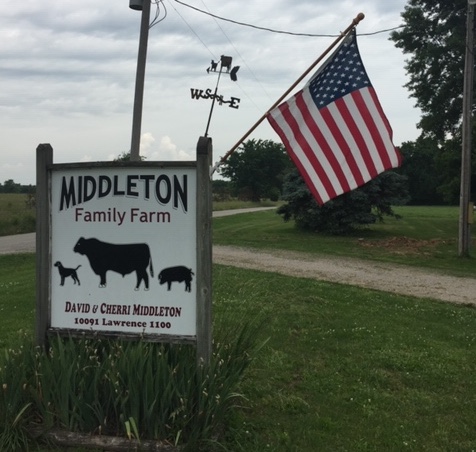
David, a small-scale pastured livestock farmer in Mt. Vernon, MO, wears two hats. Along with raising grass-fed beef, lamb, pastured pork, and poultry, David also works with Lincoln University to provide technical assistance to small farms through the 2501 program, primarily to socially disadvantaged and beginning veteran farmer groups.
David met with Senator Blunt’s (R-MO) office to discuss the importance of FOTO and SARE. Through his work with the Lincoln University Extension — and thanks to programs like FOTO and 2501 — David is able to provide training, resources, workshops and grant application assistance to a large audience of hmong, hispanic, and beginning veteran farmers. He has also led SARE grant writing workshops, and several farmers he has worked with have gotten SARE grants and were able to engage in peer-to-peer learning.
Given the current state of agriculture amidst COVID-19, some of the farmers most impacted by the crisis are farmers of color, beginning farmers, veteran farmers, small-scale farmers, and those with the fewest resources to draw on. These are some of the farmers that David works with directly and hopes to continue serving through increased funding for FOTO.
Joey Staub, Gathering Together Farm – Oregon
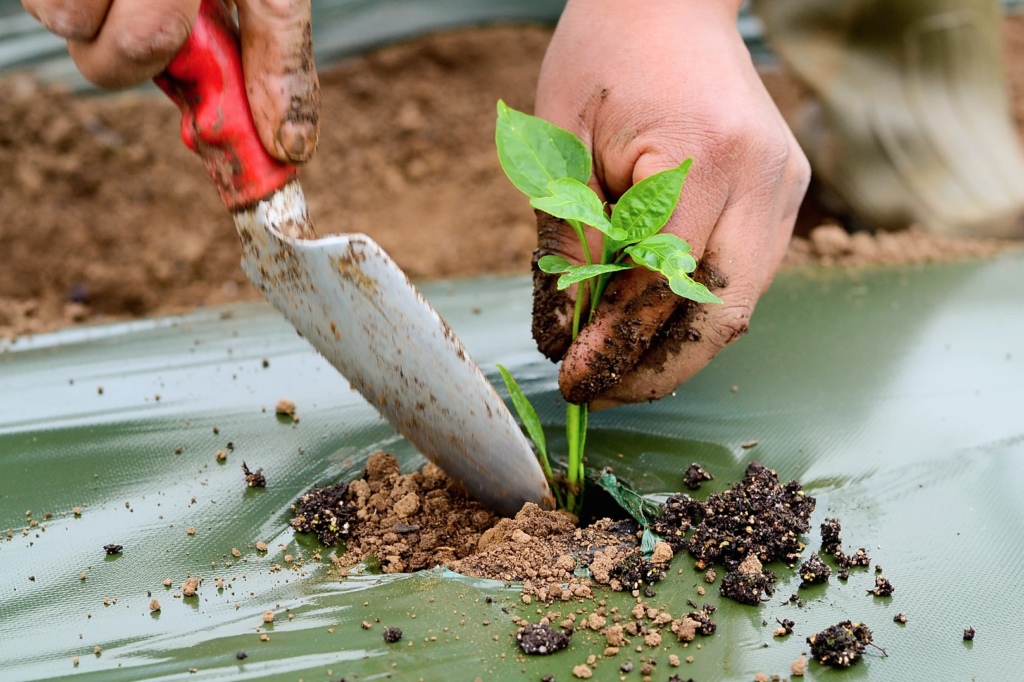
Joey, an organic diversified vegetable farmer, met with Senator Merkley’s (D-OR) office to share the impact that SARE has had on his farm. Joey said, “SARE has been a big help for us as a farm.” Researchers funded through SARE helped Gathering Together Farm identify short-term and long-term mitigation strategies for clubroot disease impacting their brassica crops. Joey highlighted the impact of SARE, sharing that this research provides “a wealth of information that farmers on the ground would not have access to otherwise.”
Joey also touched on climate change as an emerging issue that farmers will need to adapt to and how critical research will be in helping farmers transition to new models of production. In particular, Joey highlighted water scarcity as a real threat to current production methods. He highlighted some of the research that is currently being conducted around dry farming and the importance of funding these projects through SARE. Just this week, Joey announced that the Dry Farming Collaborative his farm is working with will receive SARE funding to continue this research, and that their Propagation Manager and Joey will be working as a part of the Farmer Leadership Team on the project.*
Joey asked Congress to “help farmers be successful, especially in a time of uncertainty.” In closing, he remarked, “we wouldn’t be as successful as we are without programs like SARE.”
*updated to reflect additional grant awards – 4/3/20
Jonny de Jong, Working Cows Dairy – Alabama
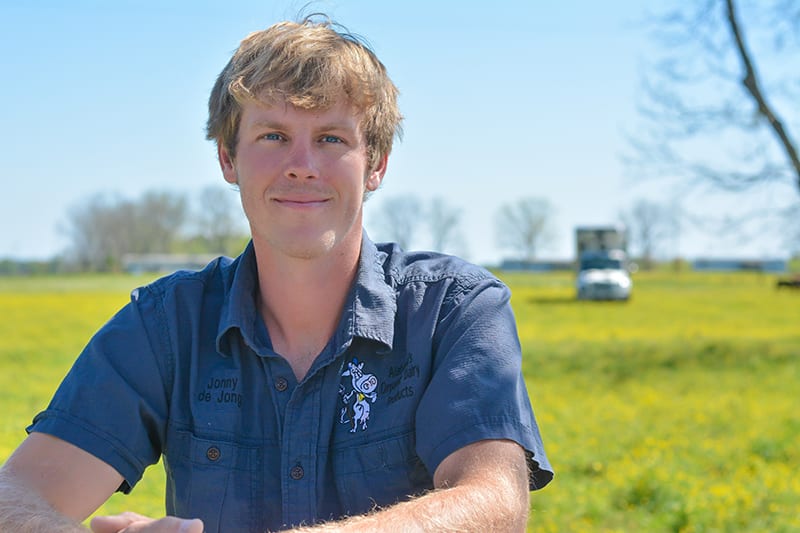
Jonny met with Senator Shelby’s (R-AL) office to discuss how the VAPG program benefited their certified organic dairy operation. Jonny’s family farm used their VAPG award to diversify their product lineup, develop product labels, conduct food safety training, hire additional staff, and broaden their distribution routes to reach more customers. The financial cushion from VAPG allowed them to implement fundamental projects that they otherwise would not have been able to fund, which allowed them to expand to the operation they have today. Jonny and his family are hoping to take advantage of this program again in the near future.
In acknowledging the current state of markets with COVID-19, Jonny mentioned that the retail needs in their region are going up, while food service markets (institutions and restaurants) are going down. While understanding that Congress is tasked with a great deal in response to COVID-19, Jonny emphasized the importance of the VAPG program to help farmers rebuild markets due to added economic constraints.
Jerry Doan, Black Leg Ranch – North Dakota
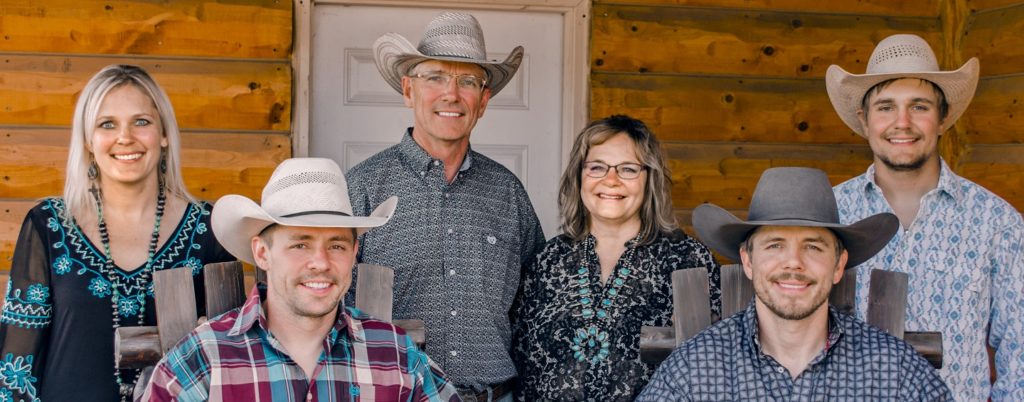
Jerry, a livestock rancher and soil health champion in North Dakota, met with Senator Hoeven’s (R-ND) office to talk about the importance of agricultural research that SARE supports. Jerry shared that traditional agriculture is not working very well to allow profitability, especially for the next generation of farmers and ranchers. Jerry said that it’s important that we try to change the perception of agriculture. He said,
“people think we’re poisoning our rivers and streams and aren’t taking care of our natural resources, but after visiting our ranch, they have a different perception after we share our conservation practices with them.”
Jerry is currently participating in a cover crop study with North Dakota State University funded by SARE. He shared his enthusiasm for soil health and the importance of implementing practices such as cover crops and grazing systems to build soil biology with Senator Hoeven’s staff. He said, “SARE allows us to do research and try new ideas to help producers, particularly new producers, and it demonstrates the possibilities of new innovative models.” Jerry stressed the importance of increasing investments in public research like SARE to avoid private grant funding skewing results in research.
Jerry recognized the immense pressure Congress is under in addressing the economic challenges created by the COVID-19 pandemic. He reminded Senator Hoeven’s staff, however, that we cannot forget about long term investments in programs that matter, like SARE. Jerry said, “I prefer to see increased funding in [SARE], instead of direct payments.” He expressed his support for increasing investments in conservation programs like CSP and EQIP, rather than subsidizing traditional agriculture.
What Comes Next?
At this point in time, like so many things these days, the COVID-19 pandemic has cast a large cloud of uncertainty over the FY 21 agriculture appropriations process. Prior to the pandemic declaration and implementation of extensive social distancing requirements, appropriators were moving forward with the process on an accelerated timeline compared to previous years.
However, currently, the process is on hold. Markups are postponed for the time being as appropriators continue to keep a watchful eye on the unfolding crisis while examining ways to move forward with development and markups for a FY 21 appropriations bill during the constantly evolving pandemic.
NSAC will continue to stay engaged in that process, including making recommendations to appropriators on ways in which FY 21 appropriations decisions can be targeted towards addressing the longer term economic recovery that will need to take place once the COVID-19 pandemic has subsided.

